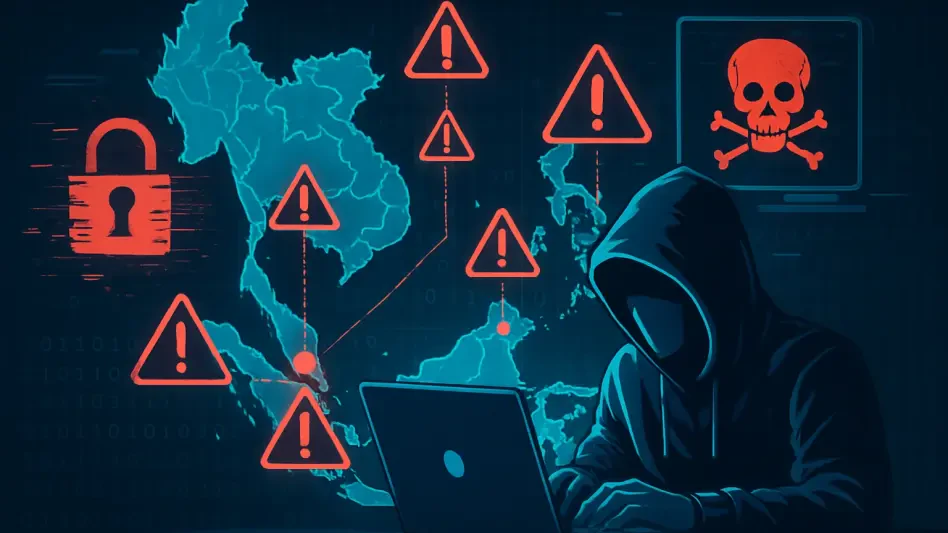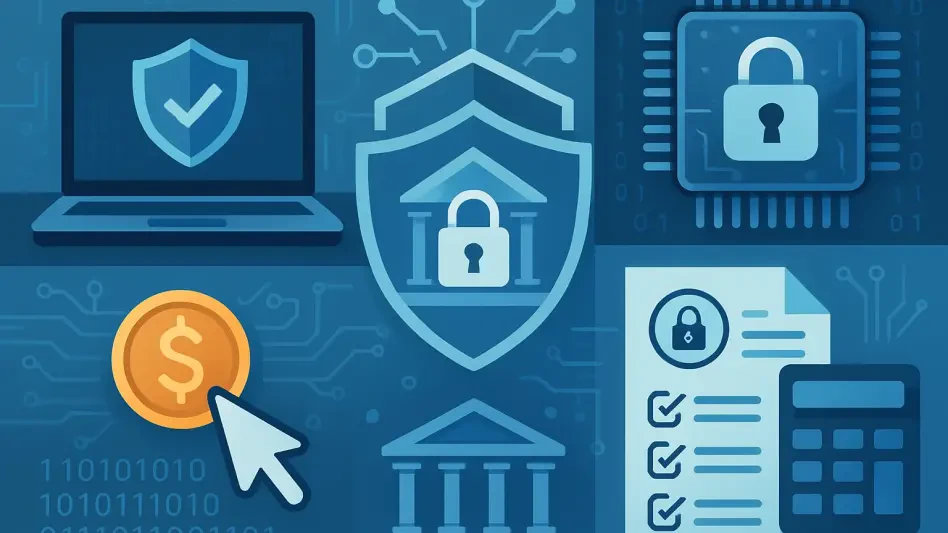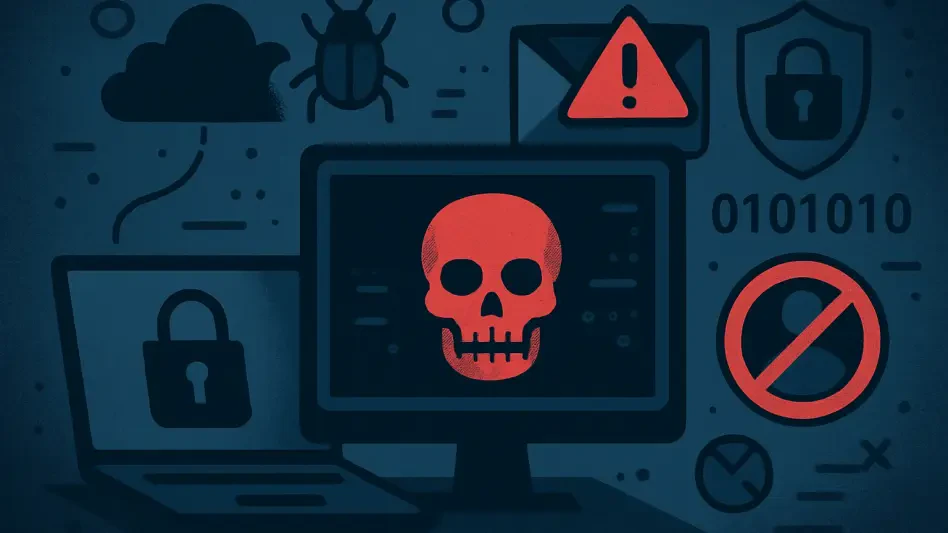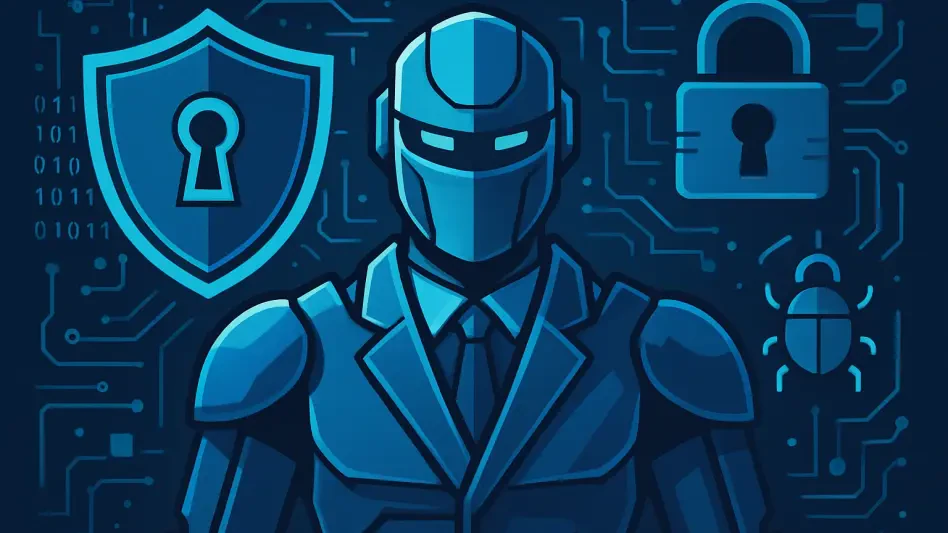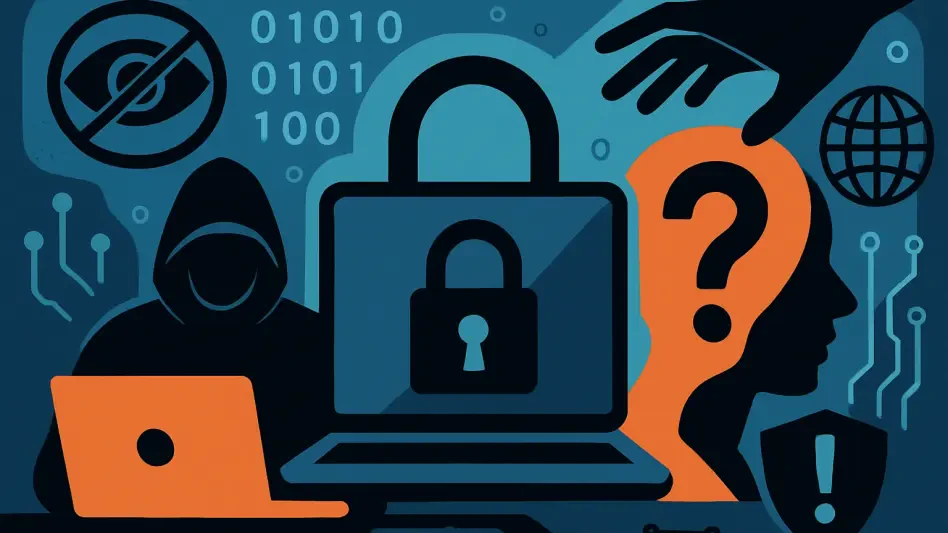The increasing frequency and sophistication of cyberattacks on K-12 schools have prompted state legislatures to take action. With the rise in remote learning and digital dependency, the vulnerabilities within educational institutions have become more apparent. This article delves into the recent legislative efforts and policies aimed at bolstering cybersecurity in K-12 schools, examining whether these measures are sufficient to protect against the growing cyber threats. The threat landscape is evolving rapidly, and the stakes are higher than ever, necessitating a thorough evaluation of current measures and their efficacy in safeguarding students and educators.
Legislative Activity and New Laws
In 2024, a significant number of bills related to K-12 cybersecurity were proposed, reflecting a concerted effort by state legislators to mitigate cyber risks. A total of 28 K-12 cybersecurity bills were introduced across 16 states, highlighting the widespread concern over the security of educational institutions. This surge in legislative activity underscores the growing urgency to address the vulnerabilities schools face from increasingly sophisticated cyber threats.
Among these legislative efforts, California, Florida, and Indiana have taken notable steps by enacting comprehensive laws. These states have implemented measures to enhance cybersecurity within their K-12 education systems, setting a precedent for others to follow. The focus of these laws ranges from protecting sensitive discussions to strengthening technological infrastructure and establishing mandatory training programs. These diverse approaches reflect the multifaceted nature of the cybersecurity challenge and the necessity of tackling it from multiple angles.
California’s Confidentiality Framework
California’s new law addresses the need for confidentiality in cybersecurity discussions. By allowing public entities, including school districts, to handle sensitive cybersecurity issues confidentially, the state aims to create a secure environment for addressing these challenges. This framework ensures that critical information is protected while enabling effective responses to cyber threats. The confidentiality provisions are designed to prevent unauthorized access to sensitive data, thereby reducing the risk of information leaks and potential exploitation by malicious actors.
The law also establishes guidelines for maintaining appropriate confidentiality, which is crucial for preventing unauthorized access to sensitive data. This approach not only safeguards the information but also fosters a culture of security awareness among school administrators and staff. By creating a structured framework for confidentiality, California is laying the groundwork for more secure and informed discussions around cybersecurity practices and challenges, ultimately enhancing the overall resilience of its educational institutions.
Florida’s Technological Support
Florida has taken a proactive stance by empowering the Florida Center for Cybersecurity to assist school districts in enhancing their technology platforms. This initiative aims to prevent cyberattacks by providing the necessary support and resources to bolster cybersecurity infrastructure. By focusing on technological improvements, Florida is addressing the root causes of vulnerabilities within its educational institutions. The state’s efforts also include providing training and resources to school districts, ensuring they are equipped to handle potential cyber threats.
This comprehensive approach underscores the importance of both technological and human factors in maintaining robust cybersecurity. By pairing technological advancements with targeted training programs, Florida is creating a more resilient education system capable of withstanding both current and future cyber threats. The state’s commitment to enhancing its cybersecurity infrastructure demonstrates a recognition that addressing cyber threats requires a multifaceted and sustained effort.
Indiana’s Comprehensive Framework
Indiana has established a detailed cybersecurity and artificial intelligence framework for its K-12 schools. This framework mandates the development of cybersecurity policies, mandatory training, and technology use policies within school districts. By July 2027, Indiana schools are required to conduct cybersecurity assessments every three years and implement secondary end-user authentication. These measures reflect a long-term commitment to cybersecurity, emphasizing the need for continuous evaluation and improvement.
Indiana’s approach highlights the importance of regular assessments and the implementation of stringent security protocols to protect against evolving cyber threats. By incorporating artificial intelligence into its framework, Indiana is also positioning itself to better anticipate and respond to new and emerging cyber threats. This proactive and forward-looking strategy demonstrates a comprehensive understanding of the cybersecurity landscape and the need for ongoing vigilance.
Broader Legislative Trends
The focus on K-12 cybersecurity is part of a broader legislative trend. In 2024, 258 cybersecurity bills were introduced across 42 states, with 29 enacted laws impacting various sectors, including education. These broader bills address a range of cybersecurity concerns, such as forming task forces with education representation and tackling ransomware threats. This widespread legislative activity indicates a growing recognition of the importance of cybersecurity across different sectors.
The inclusion of education in these broader efforts underscores the critical need to protect students’ and educators’ data from cyber threats. By integrating cybersecurity into broader legislative agendas, states are acknowledging that protecting educational institutions is an integral part of the overall cybersecurity strategy. This holistic approach is essential for creating a cohesive and effective response to the increasingly pervasive threat of cyberattacks.
Federal Actions and Support
At the federal level, the Federal Communications Commission (FCC) has introduced a $200 million cybersecurity pilot program for schools and libraries. This initiative marks a significant step in providing federal support for K-12 cybersecurity. However, the continuity and expansion of such support remain uncertain, especially following the disbandment of a federal school safety advisory board that included K-12 cybersecurity experts.
The federal government’s role in supporting state and local efforts is crucial for ensuring comprehensive cybersecurity measures. Continued federal involvement and funding are essential for sustaining and expanding cybersecurity initiatives in K-12 education. The uncertainty surrounding future federal support highlights the need for states to develop robust and self-sufficient cybersecurity strategies that can withstand potential fluctuations in federal policy and funding.
Persistent Cyber Threats
Despite legislative efforts, cyber threats to K-12 schools persist. Data tracking the prevalence of cyberattacks is challenging, but research by the nonprofit K12 Security Information eXchange (K12 SIX) indicates a significant number of ransomware attacks targeting public schools. Between November 2022 and October 2024, 85 ransomware attacks were reported, with 325 attacks occurring from April 2016 to November 2022. These statistics highlight the ongoing threat to educational institutions and the need for continuous vigilance and robust cybersecurity measures.
The January 2025 cybersecurity incident at PowerSchool, an ed-tech service provider, further underscores the need for continuous vigilance and robust cybersecurity measures. This incident, which exposed student and staff information systems to unauthorized access, serves as a stark reminder of the persistent and evolving nature of cyber threats. Educational institutions must remain vigilant and adapt their cybersecurity strategies to address new and emerging threats effectively.
Recommendations for Future Policies
With the rising frequency and sophistication of cyberattacks targeting K-12 schools, state legislatures are responding proactively. The increased reliance on remote learning and digital platforms during the pandemic has highlighted significant vulnerabilities within educational institutions. This article explores recent legislative measures and policies designed to enhance cybersecurity in K-12 schools, assessing whether these initiatives are adequate against escalating cyber threats. As the cyber threat landscape continues to evolve at a rapid pace, the importance of safeguarding students and educators has never been more critical. There’s a growing need to meticulously evaluate the effectiveness of current cybersecurity strategies to ensure they can withstand the complex and evolving threats. State leaders are emphasizing the urgency of updating and strengthening security protocols, investing in advanced technologies, and providing cybersecurity training for educators and administrators. As the stakes heighten, it is crucial to maintain a robust defense mechanism to protect educational environments from being compromised by cyberattacks.


